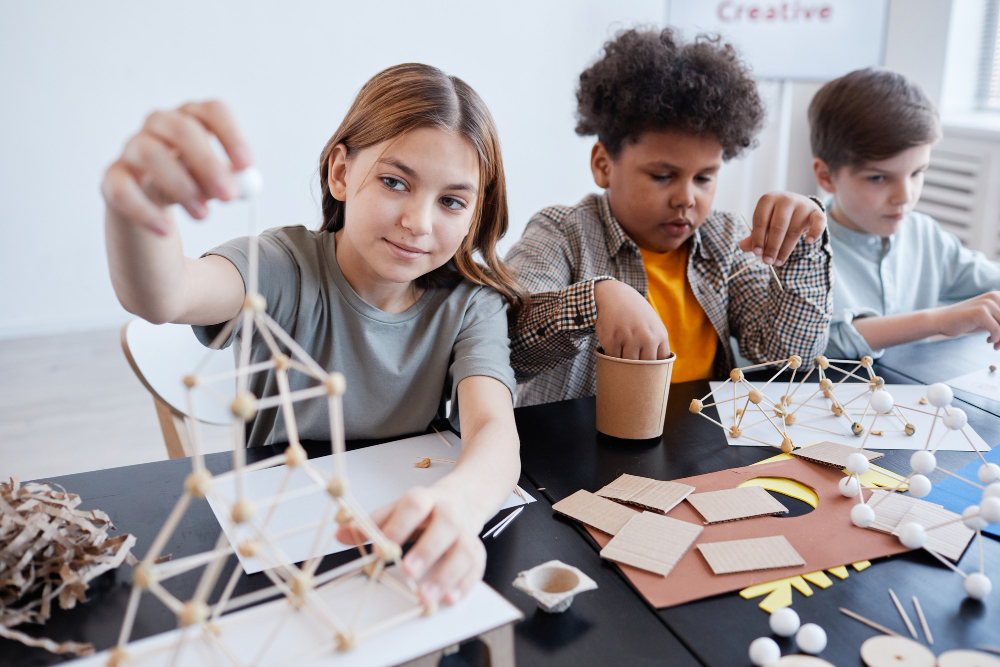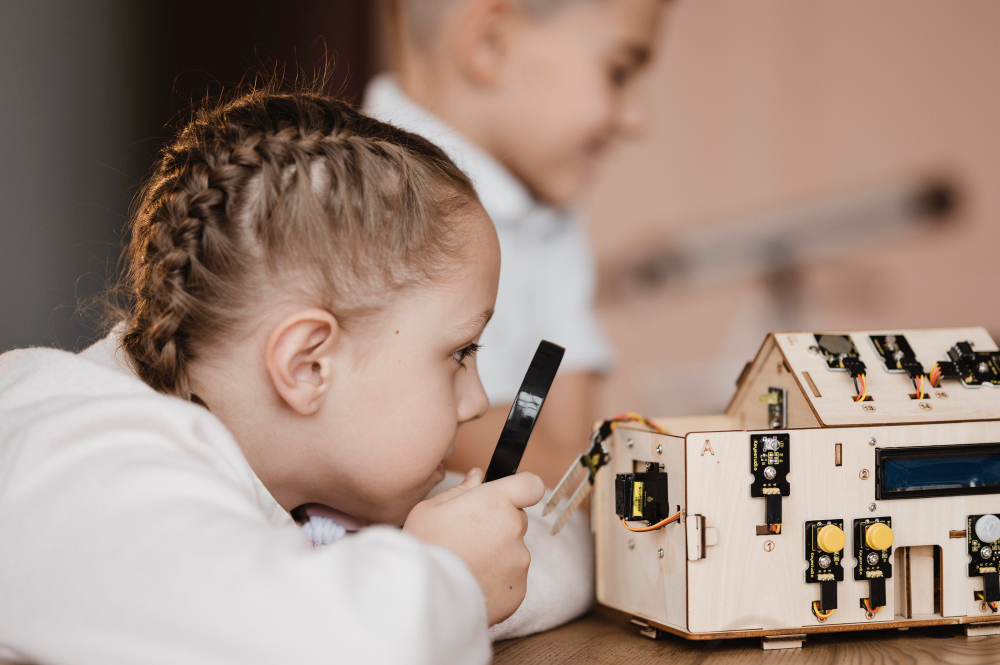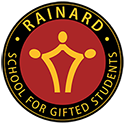The Power of Project Based Learning: Unlocking Student Potential Through Hands-On Learning
Unlike traditional methods which focus on memorization and standardized testing, project based learning (PBL) emphasizes hands-on, real-world learning experience. Here are five benefits to this approach to education, one that is thoroughly utilized here at Rainard School of Gifted Students.

Engages & Motivates Students
Traditional lessons, lectures, and textbook assignments can often feel abstract for students. Project based learning allows a child to be immersed in a subject matter. They’re allowed to tailor projects to their interests and the world around them. For example a student studying the biology and life cycle of plants might explore a project where they try growing their own foods from seed. This type of project might blossom into something larger, like wanting to build a community garden for the school. The student then has an opportunity to learn about budgeting, sourcing materials, organizing volunteers and sustainability of a project. In essence PBL allows students the opportunity to dive deep into their interests and conveniently learn things along the way. This both engages and motivates students in a way traditional lectures can’t.
Fosters Collaboration and Communication
Many tasks in adult life and the adult workplace are accomplished through teamwork. Project based learning can mirror this for students as projects can be done in collaboration with other students. Through working in teams students learn communication, delegation, and how to leverage the strengths of others around them. When presenting projects to the class, students develop and exercise public speaking and communication skills.

Connects Learning to the Real World
Project based learning can bridge the gap between the classroom and the real world. In their projects, students have an opportunity to apply their academic knowledge in practical ways. Consider the plant biology project mentioned above. The student may learn about the health benefits of vegetables and fruits as well as the lack of fresh produce in their area. This could lead to sharing produce grown from the school garden with the community or a local food shelter. The PBL approach deepens students’ understanding and allows them to see the relevance of what they’re learning, beyond the classroom walls.
Accomodates Diverse Learning Styles
It’s common knowledge, even in public schools, that students learn in different ways. Project based learning offers an opportunity to cater to all learning styles. This might be through hands-on learning, visual experiences, auditory instruction, and others. Bottom line, PBE covers a multitude of modalities and can be easily adapted to fit an individual student’s needs.
Encourages Lifelong Learning
Part of our mission at Rainard is to inspire a lifelong love of learning in each of our students. Project based learning helps us achieve this goal. When students engage in projects that require ongoing research and adjustments they begin to understand that learning is a life-long process. PBL encourages students to be curious, seek out new information and to work through challenges. The process of PBL itself sets the habits of lifelong learners.

Project based learning can be a shift for many parents and traditional teachers in how we approach learning and teaching. However the benefits are clear, PBL engages and motivates, fosters collaboration, enhances communication, connects students to the real world, accommodates diverse learning styles and most importantly helps develop a life-long love of learning.
